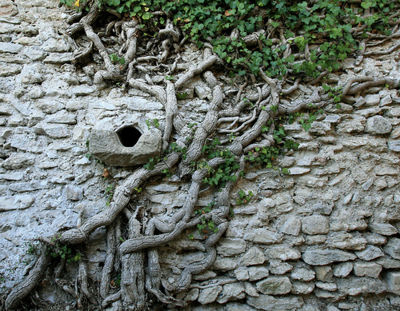Integrating OERs in teaching and learning
| OER Handbook for Educators | |
|---|---|
| Use | Integrating OERs in teaching and learning | Learner perspective | Educator perspective | Using Mobile Versions | Evaluation | Accessibility | Perspectives |
Little is known about how OER can be included as source materials for learning, or created by students and teachers as part of the learning and teaching process. Some institutions are using and producing OER as part of innovative teaching practices, but research on the impact on quality of education, and the ways we can assess students and quality is only starting to emerge. In the literature on OER and learning (see for example Downes, 2005; Keats and Schmidt, 2007) different strategies for supporting and using OER from the perspectives of lecturers and students are described. However, there is as of yet little analysis and understanding of how positioning learners as participants in a global knowledge commons, rather than seeing them in clearly defined roles as students and teachers within disciplines and institutions, will change the way higher education functions (Schmidt, 2007).
Use of OER can be roughly divided into two perspectives: Learner and Educator. Some are concerned that OER isn't facilitating learner-centered instruction (Geser, 2006). How much of this learner centricity is generated by prevailing notions of a "better" method of teaching and how much is based on actual research is unknown.
On a conceptual level, using an OER is similar to using proprietary materials. After all, the reason you use these materials in the classroom is because they have educational value for your students. However, OER are different in that they allow for extra flexibility in the classroom.
There are eight steps to OER integration.
- Assess the validity and reliability of the OER.
- Determine placement within the curriculum, if not already done. Note that some OER integration may be abandoned at this point if the OER relates poorly to the rest of the curriculum.
- Check for license compatibility. (See License Incompatibility in Licensing for more details).
- Eliminate extraneous content within the OER (assuming the license permits derivatives).
- Identify areas of localization (see Adapt OER).
- Remix with other educational materials, if applicable (see Adapt OER).
- Determine the logistics of using the OER within the lesson. For example, you may need to print handouts for learners. In other cases special software may be needed.
- Devise a method of evaluation or whether the currently planned evaluation needs adjustment (see Evaluation for more details).
So far this handbook has discussed how you, as an educator, can compose and adapt OER for your class. But it has not yet discussed how learners themselves can engage in the OER life cycle. This is a powerful teaching opportunity as it empowers students to take control of their own learning. Another result of this flexibility is the option to have students openly publish their work.
How do I encourage students to engage with OER?
Lessons can be centered around the modification, and perhaps improvement, of an OER. For example, you might have students edit a Wikipedia article based on information they learn during lectures and research. Another example might include students taking pictures from the Internet Archive to create a collage around a theme (e.g. Civil Rights movement, World War II). The exact way in which you have students compose and adapt OER will vary with the subject material and what will best promote learning for your students.
|
Sources
Downes S. (2005). “E-learning 2.0.” eLearn Magazine. Association for Computing Machinery. Retrieved June 18, 2008, from http://www.elearnmag.org/subpage.cfm?section=articles&article=29-1
Geser, G. (Ed.). (2006, January). Open Educational Practices and Resources - OLCOS roadmap 2012. Retrieved May 29, 2008, from http://www.olcos.org/english/roadmap/download/
Schmidt, P. (2007, November). "7.3 Integrating OERs in teaching and learning." UNESCO OER Toolkit draft. WikiEducator. Retrieved March 26, 2008, from http://www.wikieducator.org/UNESCO_OER_Toolkit_Draft#Integrating_OERs_in_teaching_and_learning.
